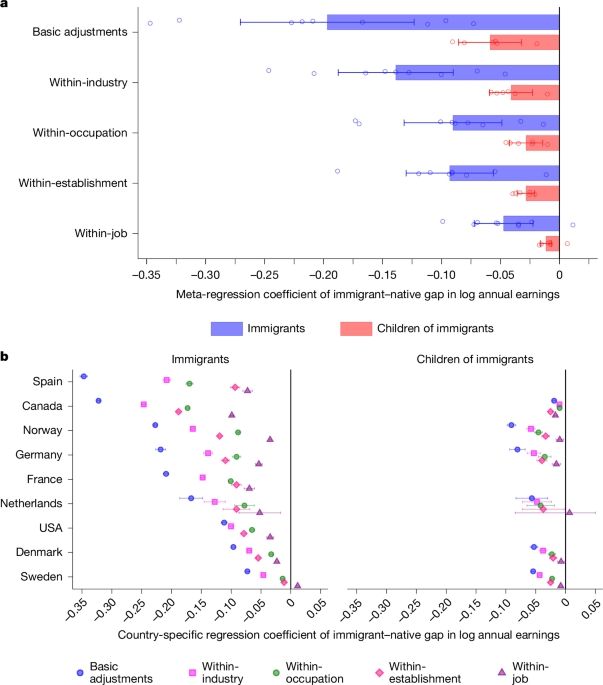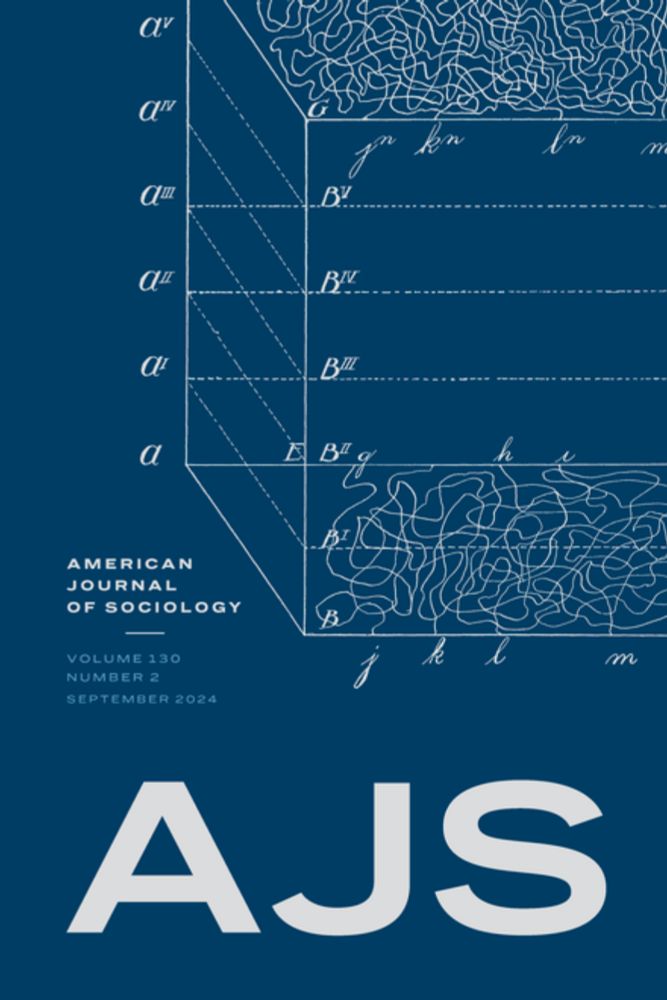

www.pnas.org/doi/epdf/10....
Causal evidence of gene-environment interaction for reading test scores based on:
🧬 Exogenous within-family genetic differences
🏫 Exogenous variation in school value added
www.pnas.org/doi/epdf/10....
Causal evidence of gene-environment interaction for reading test scores based on:
🧬 Exogenous within-family genetic differences
🏫 Exogenous variation in school value added
Link to paper: doi.org/10.1093/sf/s...

Link to paper: doi.org/10.1093/sf/s...
journals.sagepub.com/doi/full/10....

journals.sagepub.com/doi/full/10....
Trinity College Dublin, 15-16 June 2026
www.ecsr2026.net
#ECSR2026
Abstract submission deadline: 11 January 2026

Trinity College Dublin, 15-16 June 2026
www.ecsr2026.net
#ECSR2026
Abstract submission deadline: 11 January 2026

- the RC28 Significant Scholarship Award 2025 on august 5th
- the AJS Gould Prize on august 9th (www.journals.uchicago.edu/journals/ajs...)
on behalf of @oliviergodechot.bsky.social and other coauthors.
The great separation: Top earner segregation at work in advanced capitalist economies
O Godechot, et al
American Journal of Sociology 130 (2), 439-495, 2024
www.journals.uchicago.edu/doi/abs/10.1...

on behalf of @oliviergodechot.bsky.social and other coauthors.
The great separation: Top earner segregation at work in advanced capitalist economies
O Godechot, et al
American Journal of Sociology 130 (2), 439-495, 2024
www.journals.uchicago.edu/doi/abs/10.1...

The great separation: Top earner segregation at work in advanced capitalist economies
O Godechot, et al
American Journal of Sociology 130 (2), 439-495, 2024
www.journals.uchicago.edu/doi/abs/10.1...
go.nature.com/40ripuF

go.nature.com/40ripuF



@theprospect.bsky.social prospect.org/health/2025-...

@theprospect.bsky.social prospect.org/health/2025-...


If you know of students that would be interested to participate in the course, please forward this information to them!
For more info please see flyer and link below!

If you know of students that would be interested to participate in the course, please forward this information to them!
Feel free to get in touch if you have questions.
www.sciencespo.fr/osc/fr/conte...

Feel free to get in touch if you have questions.
www.sciencespo.fr/osc/fr/conte...
For more info please see flyer and link below!

For more info please see flyer and link below!
Our WP led by @aresherman.bsky.social is out:
osf.io/preprints/so...
Our WP led by @aresherman.bsky.social is out:
osf.io/preprints/so...

